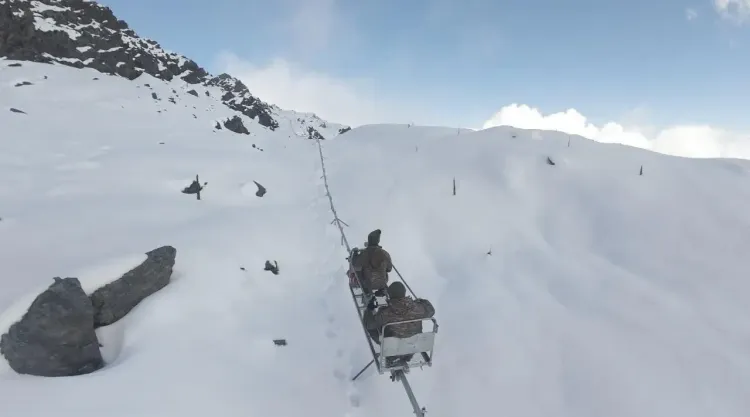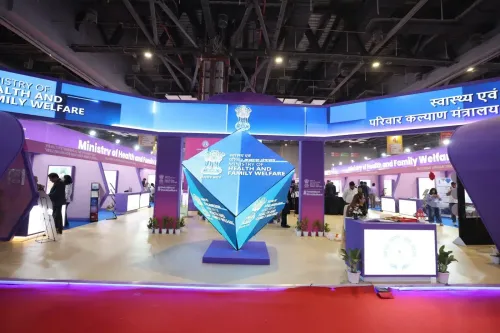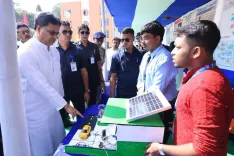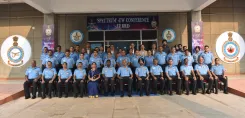How Did Army Engineers Develop an Indigenous Mono Rail System at 16,000 ft to Supply the Kameng Frontier?

Synopsis
Key Takeaways
- The High Altitude Mono Rail System operates at an altitude of 16,000 feet.
- It can transport over 300 kg of supplies in one trip.
- The system is designed to work in harsh weather conditions.
- It enhances the logistical capabilities of the Indian Army.
- The system also supports casualty evacuation efforts.
New Delhi, Nov 14 (NationPress) In a significant advancement for military logistics in high-altitude regions, the Indian Army’s Gajraj Corps has successfully designed and implemented a High Altitude Mono Rail System at an astounding elevation of nearly 16,000 feet in Arunachal Pradesh's Kameng sector - one of the most challenging and weather-sensitive frontiers located along the Line of Actual Control (LAC).
The Kameng Himalayas are infamous for their steep, barren cliffs, sub-zero temperatures, severe weather fluctuations, and a rugged terrain that frequently disrupts supply chains. Forward posts can remain isolated for days due to heavy snowfall, while conventional transport methods struggle in these harsh conditions.
Maintaining continuous movement of critical supplies, ammunition, and equipment has been a constant operational hurdle.
In response to this urgent need, the Gajraj Corps envisioned, engineered, and established an indigenous mono rail system capable of transporting over 300 kg in a single trip.
Engineered for continuous operation, the system is designed to function day or night, in adverse weather conditions like hail, storms, or whiteouts, ensuring that vital supplies, including rations, fuel, engineering materials, and heavier loads reach troops without delay.
"It facilitates the dependable movement of mission-critical supplies, ammunition, rations, fuel, engineering equipment, and other cumbersome loads that are otherwise challenging to transport across steep gradients and unstable surfaces. This transportation facility is fully operational, usable day or night, with or without escort, during hail or storms, regardless of weather conditions," remarked a defense official.
Its sturdy, weather-resistant design enables movement over steep inclines and unstable surfaces where mules, vehicles, and even porters face considerable danger.
Additionally, the monorail system has shown potential for swift casualty evacuation.
In areas where helicopters cannot land or operate safely, and where manual evacuation is slow and risky, the new system provides an effective and safer means to transport injured personnel.
This development highlights the military's ongoing commitment to innovate and excel in extreme environments, ensuring that troops stationed along demanding frontiers are fully supported and prepared for their missions.









